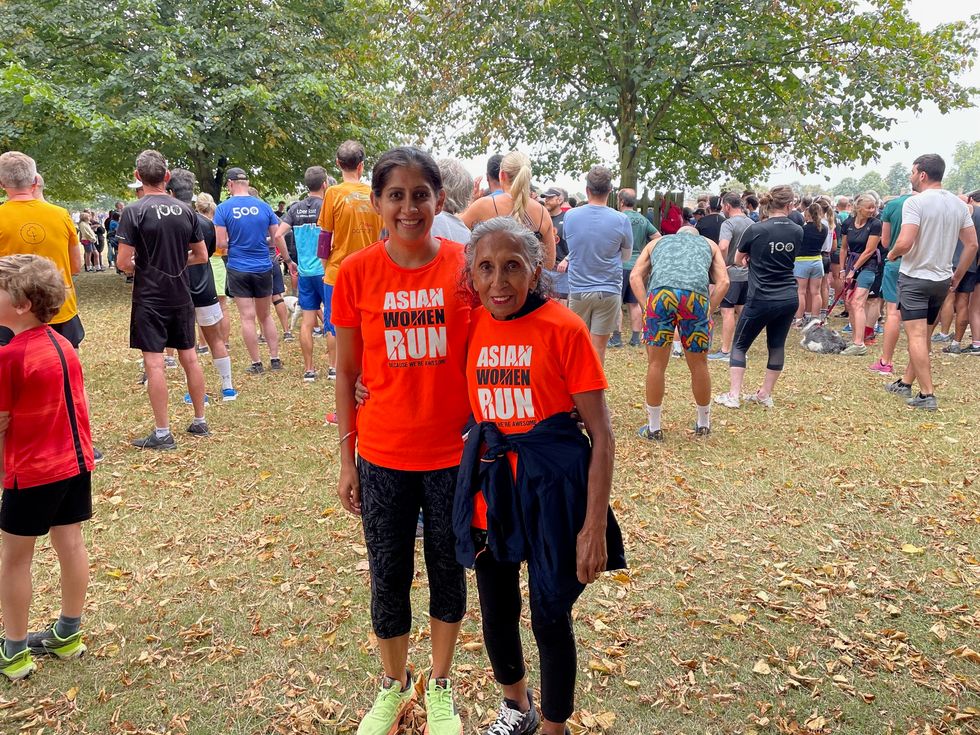AS MANY AS 19 Indians are stuck at the Dubai International Airport for the last 21 days after India announced its COVID-19 lockdown, reports said.
They are desperate to return home. Most of these stranded persons were in transit when India stopped inbound flights in view of the COVID-19 pandemic, said reports.
It further said that these stranded persons made the airport benches their home.
After COVID-19 tests on March 21 -- which was negative for all -- they were shifted to the Dubai International Airport Hotel on March 25. Currently, all the stranded Indians are lodged at the airport hotel.
One of the stranded persons is 37-year-old Arun Singh, who missed his 4 am Emirates flight to Ahmedabad on March 22.
Singh says it is cruel irony that sleep is what he does for most of the day now.
"I have been eating and sleeping and eating and sleeping ever since they put us here (airport hotel). I am comfortable but am desperate to go home," said Singh, an IT employee at a UAE bank.
Singh, unlike the other stranded Indians, has a UAE residency visa but he cannot leave the airport because of suspension of visas.
Singh does not know when he will leave for India. "Every few days I send messages to the Indian consulate officials but am yet to hear back from them," he says.
"Today, I came across a heartwarming news report which said that UAE has offered to repatriate Indians who are stuck in the UAE. I hope that happens soon," Singh said.
Deepak Gupta, who has been stranded since March 18, said he is concerned about his pregnant wife in New Delhi.
"She needs me by her side. Soon I will complete one month at the airport, I am beginning to lose hope," said Gupta, a senior employee at a multi-national company in Gurugram.
Gupta, like many others, landed in Dubai from Europe for a connecting flight to New Delhi.
However, his plans were hit after India banned the entry of all incoming passengers from Europe.
In Europe, over 75,000 virus deaths have been reported with most fatalities in Italy, Spain, Britain and France.

















 Charithra Chandran styled her hair in soft curls for the Ralph Lauren outfitInstagram/
Charithra Chandran styled her hair in soft curls for the Ralph Lauren outfitInstagram/ Charithra’s look was inspired by her character Edwina Sharma from BridgertonInstagram/
Charithra’s look was inspired by her character Edwina Sharma from BridgertonInstagram/

